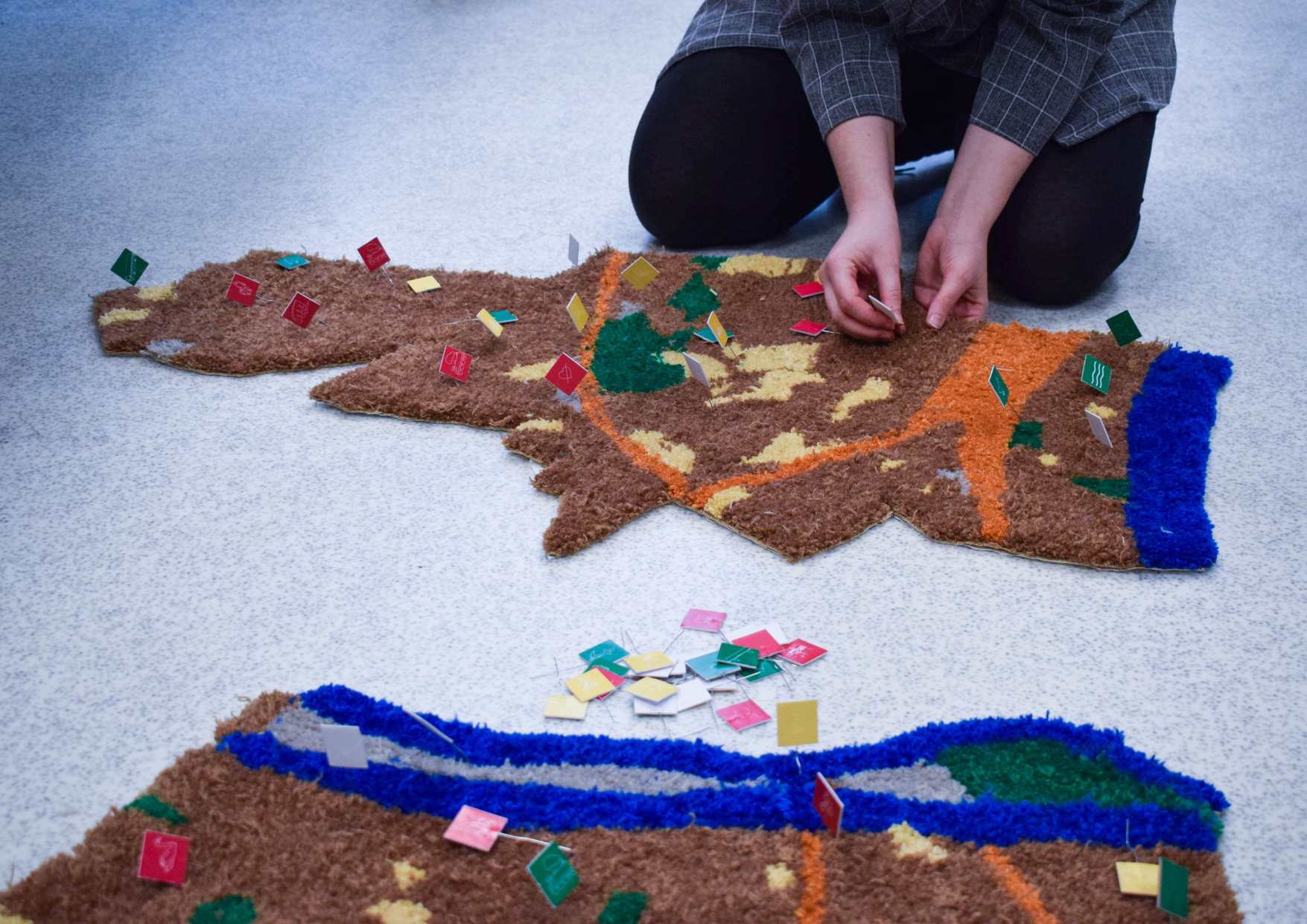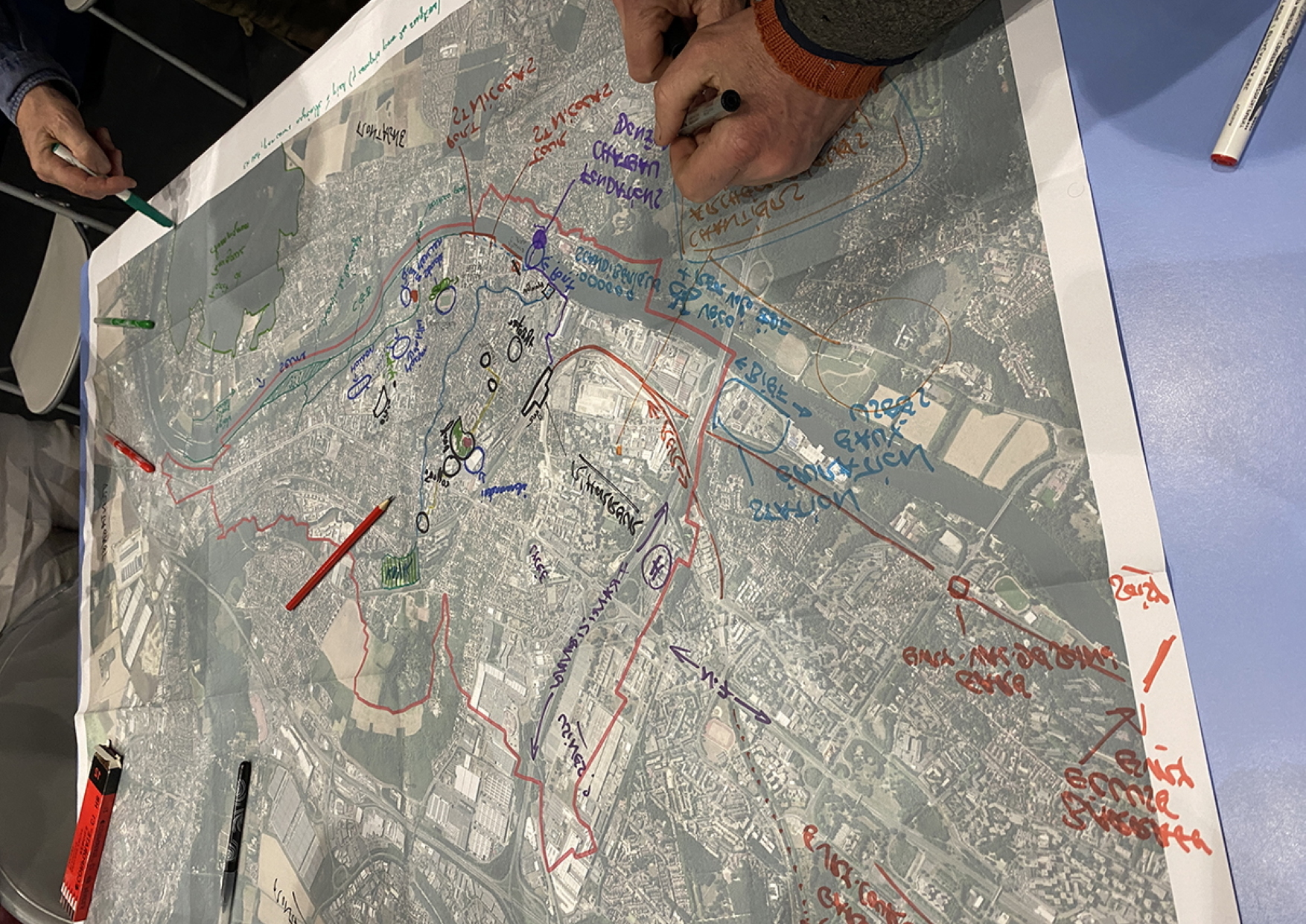Use the drop-down summary to access the articles in the folder..
Terms of republication
You can republish this article for free on your website, blog, etc.
Behind the scenes of research
Youssef Diab and Bernard Landau, both leaders of the La Seine en Commun project, have known each other for a long time. Every year since 2007 they have jointly organised the summer schools of the EIVP, the School of Urban Engineering. It was therefore a natural step for them to embark on a new project aimed at developing perceptions of a river, in this case the Seine, by incorporating the views of the general public, which are all too often overlooked. Bernard Landau is no stranger to the subject. La Seine n’est pas à Vendre (The Seine is not for Sale - SPAV), an association he runs, was created in 2018 in the wake of protest against a plan by the City of Paris to entrust investors with the construction of footbridges housing shops over the Seine. After the Conseil d'État rejected the plan, the protest group became an association to open up a forum for public debate, where whistleblowers and thinkers can work together to ensure that the Seine Valley and its tributaries are recognised as a key structuring element of the region.
Expert maps and sensitivity maps
With the objective set, all that remained was to determine how to achieve it. For this, researchers and associations used a tool that was new to them: sensitivity maps. Unlike traditional cartography, sensitivity maps offer a subjective representation of a territory or space that is unique to their authors. They represent it according to how they use it, as well as their personal sensibilities, history and expectations.
The first step was to bring together volunteers in suitable areas who were prepared to draw their own sensitivity map of the Seine. Three towns were selected: Chatou, Créteil and Juvisy. With the support of local associations and sometimes elected representatives, or by going out to meet local residents during market stalls run jointly by students from Université Gustave Eiffel and members of the SPAV, workshops were organised in each of these areas according to a precisely established protocol.
Listening to and taking account of what people have to say
On the strength of her experience in teaching sociology and, more specifically, citizen participation, Bénédicte Goussault, a member of SPAV, was at the helm, accompanied by urban engineering and architecture students. After a general presentation of the project, workshop participants were asked to draw the Seine and its surroundings as they see them, focusing on three particular aspects: risks, landscapes and routes. The drawings were then put together so that everyone could comment on their own work and discuss the work of others. At an overall feedback session, open to participants from the towns involved, all the drawings and discussions generated during the workshops were presented, before being included in a collective work which is currently being finalised.
Strengthening participatory democracy
The La Seine en Commun project opens up a wide range of possibilities. First, it confirms the benefits of a partnership between a research team and an association, both in terms of resources and methodology. Second, it offers new potential for scientists, who can use the sensitivity maps. Finally, it opens up a general reflection on the notion of participatory democracy, which goes beyond the issues of development in the Seine basin and poses a fundamental question: how can we live together in a shared space, in harmony with the environment?




![[Translate to English:] Licence creative commons BY-SA 4.0 [Translate to English:] Licence creative commons BY-SA 4.0](https://reflexscience.univ-gustave-eiffel.fr/fileadmin/ReflexScience/Accueil/Logos/CCbySA.png)